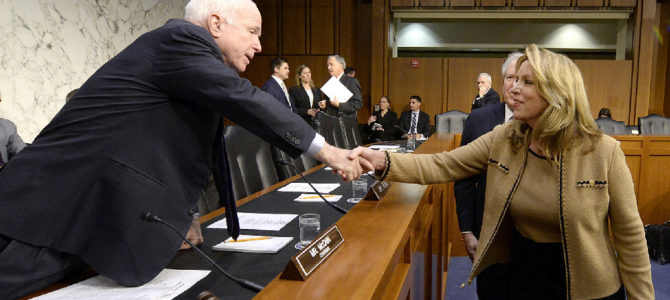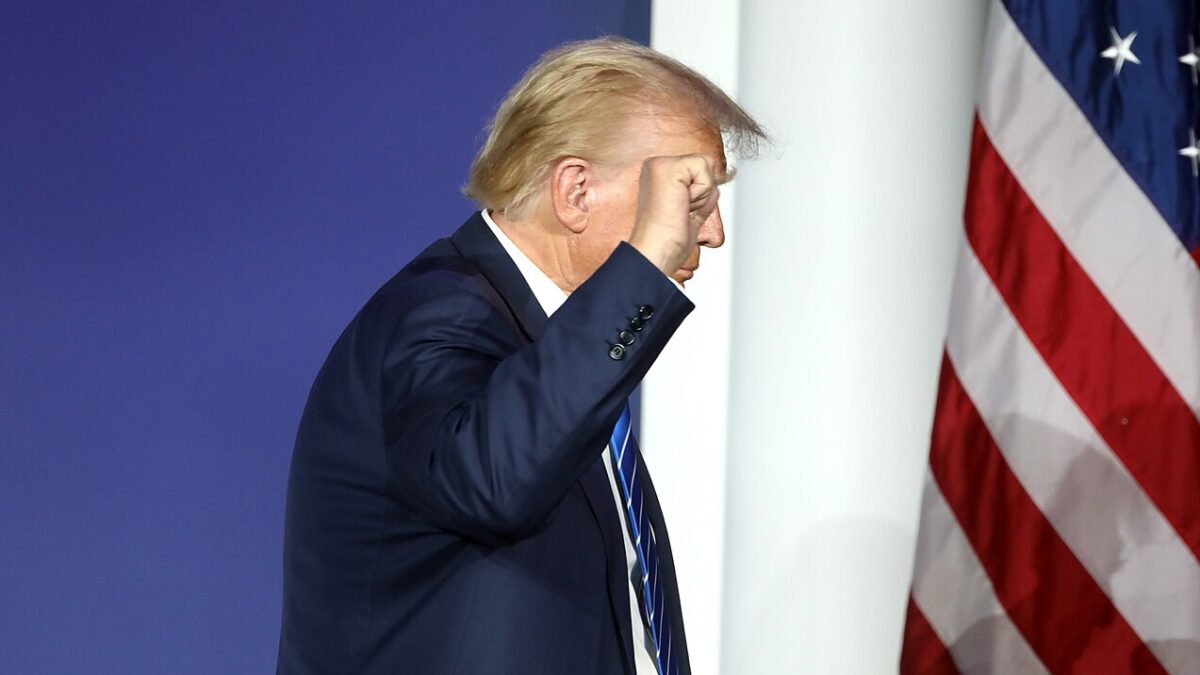
Democrats have threatened to filibuster Republican efforts to debate important legislation on the Senate floor. But this is nothing new. The filibuster has been used in the past to frustrate both Democratic and Republican majorities. It has prevented both liberal and conservative policies from passing. This has made it the bane of Senate majorities, their co-partisans in the House of Representatives, and the president.
Consequently, senators have proposed various reforms over the years to clamp down on the minority’s ability to delay the legislative process. Most recently, Sen. James Lankford, R-Okla., called for changing the Senate’s rules to make it easier to start debate on the floor. He would do so by making the motion to proceed to legislation non-debatable (i.e., not subject to a filibuster).
But Lankford’s proposal is unnecessary. The Senate’s current rules already give majorities the power to end needless delays. And using those rules to clamp down on minority obstruction will be of greater benefit to Republicans than eliminating the filibuster, which would have long-term repercussions for the institution more generally.
Bring Out Rule XIX
Specifically, Rule XIX limits the number of speeches members can give on the Senate floor. It stipulates that “no Senator shall speak more than twice upon any one question in debate on the same legislative day without leave of the Senate.” By strictly enforcing this rule, Republicans can force Democrats to mount a “Mr. Smith Goes to Washington”-style “talking” filibuster to delay the Senate from beginning debate on a bill.
The strategy is simple. First, Republicans would move to begin debate on a bill. They would then keep the Senate in the same legislative day by recessing, instead of adjourning, at the end of each day. Once a senator has given two speeches, that member may not speak again. Democrats’ filibuster ends when the members who are committed to blocking debate on the bill have given the two speeches the rule allots them. At that point, the Senate’s presiding officer may put the question (i.e., call for a vote) on adoption of the motion to proceed, which is a simple-majority vote.
Democrats could make repeated procedural motions to increase the burden on Republicans for keeping the Senate in the same legislative day. If the Senate were to adjourn, a new legislative day would be created and each member’s allotment of two speeches under Rule XIX replenished. Yet making procedural motions would terminate the filibustering senator’s speech, thus hastening the moment at which the Democrats will have exhausted their ability to sustain the filibuster.
While such motions can be made even when a senator has given both speeches, Republicans can easily dispose of them using a non-debatable motion to table. Democrats may also suggest the absence of a quorum to gain a reprieve from speaking. However, Republicans can prevent the filibustering senators from using this tactic by immediately producing a quorum.
Why Republicans Should Make ‘Em Filibuster
Sustaining the filibuster imposes significant costs on rank-and-file Democrats. It forces each to demonstrate publicly his or her commitment to stop important legislation from being debated by holding the floor for hours on end, twice. The only way for Democrats to prevail in the parliamentary showdown is for Republicans to relent, cease their efforts to overcome the filibuster, and move on to something else. This means that, to have even an outside chance at prevailing in the end, Democrats will be forced to turn to less-enthusiastic senators to sustain the filibuster once their most committed obstructionists have given their allotment of speeches.
Strictly enforcing the talking filibuster rule also imposes costs on rank-and-file Republicans. It potentially requires them to produce a quorum to shorten the time necessary to wait out the Democrats. Additionally, Republican leaders must ensure they can produce 51 senators to table any procedural motions Democrats may make. Yet leaders can manage these costs to reduce the extent to which they would disrupt senators’ schedules. Given this, Republicans should be able with only minor inconveniences to show up on the floor to table any motions Democrats make.
Republicans can also determine how long the Senate will remain in session each day to lessen the costs of waiting out a talking filibuster. Late-night and weekend sessions are not required. Admittedly, motions to recess are amendable and Democrats could theoretically offer amendments repeatedly to prevent the Senate from recessing. Yet the only way Democrats can succeed is by forcing superfluous votes on their amendments until Republicans lose interest.
It’s unlikely that Democrats could sustain doing so ad infinitum in the face of a Republican majority determined to prevail. For one, doing so imposes physical costs on rank-and-file Democrats, which rise during overnight and weekend sessions. Such costs will exacerbate tensions within the Democratic Caucus between members who are committed obstructionists and those less enthusiastic about the effort. Those tensions make it even less likely that Democrats can sustain their effort to prevent the Senate from recessing.
Finally, Republicans could curb the Democrats’ willingness to obstruct their agenda more generally by forcing them to mount talking filibusters to delay beginning debate on important legislation. Doing so sends a signal to the minority that the majority is determined to enact its agenda. Confronted with the physical costs of their obstruction for the first time this year, Senate Democrats would be more selective in what they filibuster in the future.






